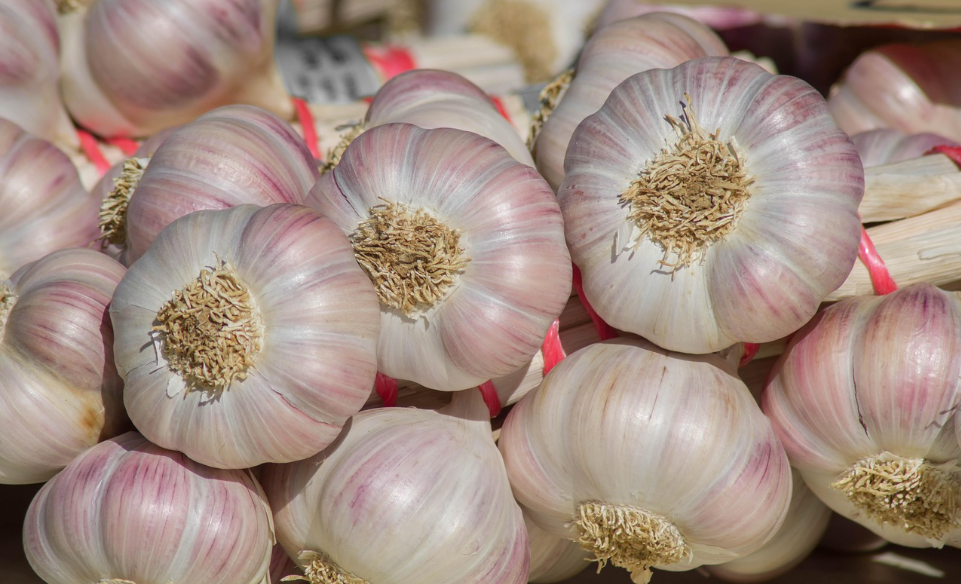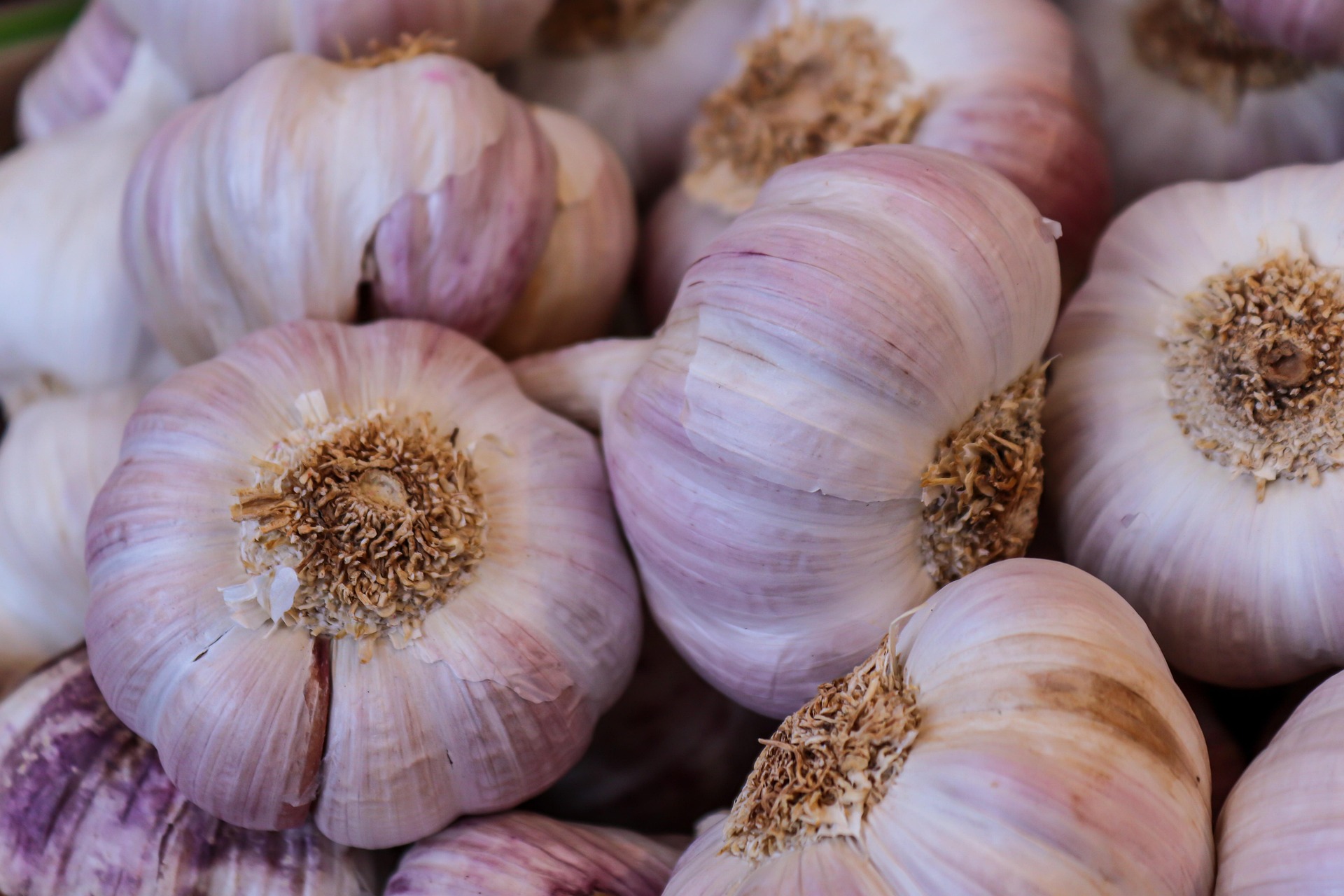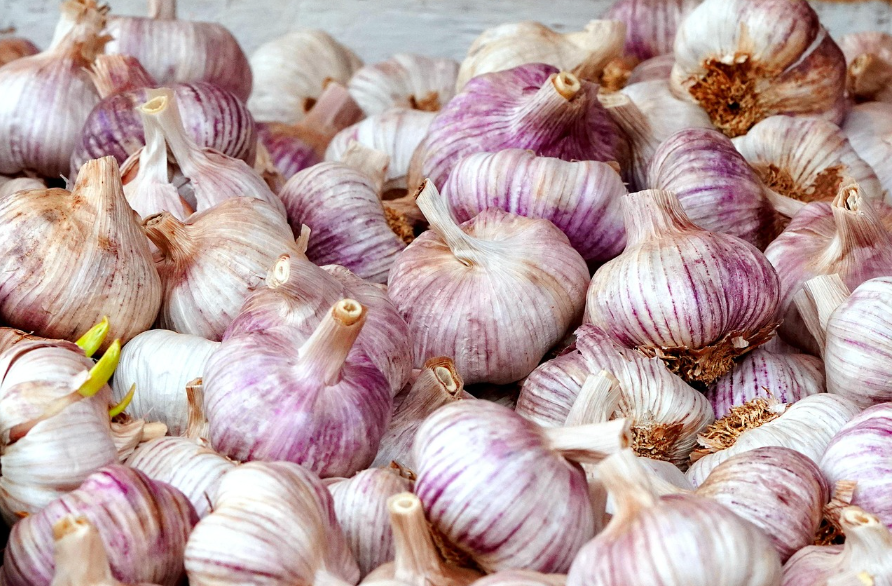
In the agricultural industry, producing export - grade organic fresh ginger requires a deep understanding of its growth conditions. Ginger thrives in temperate climates. The average annual temperature should be around 18 - 25°C, and the rainfall should range from 1000 - 2000 mm. This moderate climate helps ginger develop its unique flavor and texture. According to industry reports, regions with such climates can produce ginger with a higher essential oil content, which is crucial for the taste of ginger products.
Fertile soil is another key factor. Ginger prefers well - drained, loose, and fertile loamy soil with a pH value between 6.0 - 7.5. Organic matter in the soil should account for at least 2 - 3%. For example, in some areas of Shandong, China, where ginger is widely planted, farmers improve the soil fertility by applying organic fertilizers such as compost and manure, which has led to a significant increase in ginger yield and quality.

One of the core aspects of organic ginger planting is pest and disease control. Since the export - grade standard requires no pesticide residues, farmers need to adopt non - chemical methods. For instance, crop rotation can effectively reduce the occurrence of pests and diseases. Rotating ginger with legumes can break the life cycle of pests and improve soil fertility. Additionally, biological control methods, such as introducing natural predators like ladybugs to control aphids, are widely used.
When it comes to disease prevention, using disease - resistant varieties is crucial. Some new ginger varieties have shown strong resistance to common diseases like ginger blast. According to research, these disease - resistant varieties can reduce the disease incidence by up to 30 - 40% compared to traditional varieties.
Let's take a ginger farm in Thailand as an example. This farm strictly follows the export - grade standard. They use organic fertilizers throughout the planting process and adopt comprehensive pest and disease control measures. By implementing these practices, they have achieved the goal of no pests, no mildew, and no pesticide residues. The ginger they produce has thin skin and yellow - fleshed, which is highly popular in the international market.
In terms of production management, they have a stable supply strategy. Through scientific planting planning and irrigation management, they can ensure a stable annual yield of about 20 - 25 tons per hectare. This stable supply enables them to meet the global market demand.

The development trend of organic agriculture has a significant impact on the ginger market. Consumers around the world are increasingly concerned about food safety and environmental protection. As a result, the demand for organic ginger is on the rise. According to market research, the global organic ginger market is expected to grow at a CAGR of 8 - 10% in the next five years.
To adapt to this trend, ginger producers need to establish a scientific quality control system. This system should cover every aspect of the planting process, from soil testing to product packaging. By doing so, they can enhance their brand competitiveness in the international high - end organic ginger market.
In conclusion, producing export - grade organic fresh ginger requires strict control of growth conditions, effective pest and disease control, and a stable supply strategy. By following these principles and learning from successful cases, agricultural practitioners, procurement experts, and food processing enterprises can ensure high - quality ginger production.
If you are interested in learning more about high - quality organic ginger production and how to enter the international market, click here for more detailed information and professional guidance.
